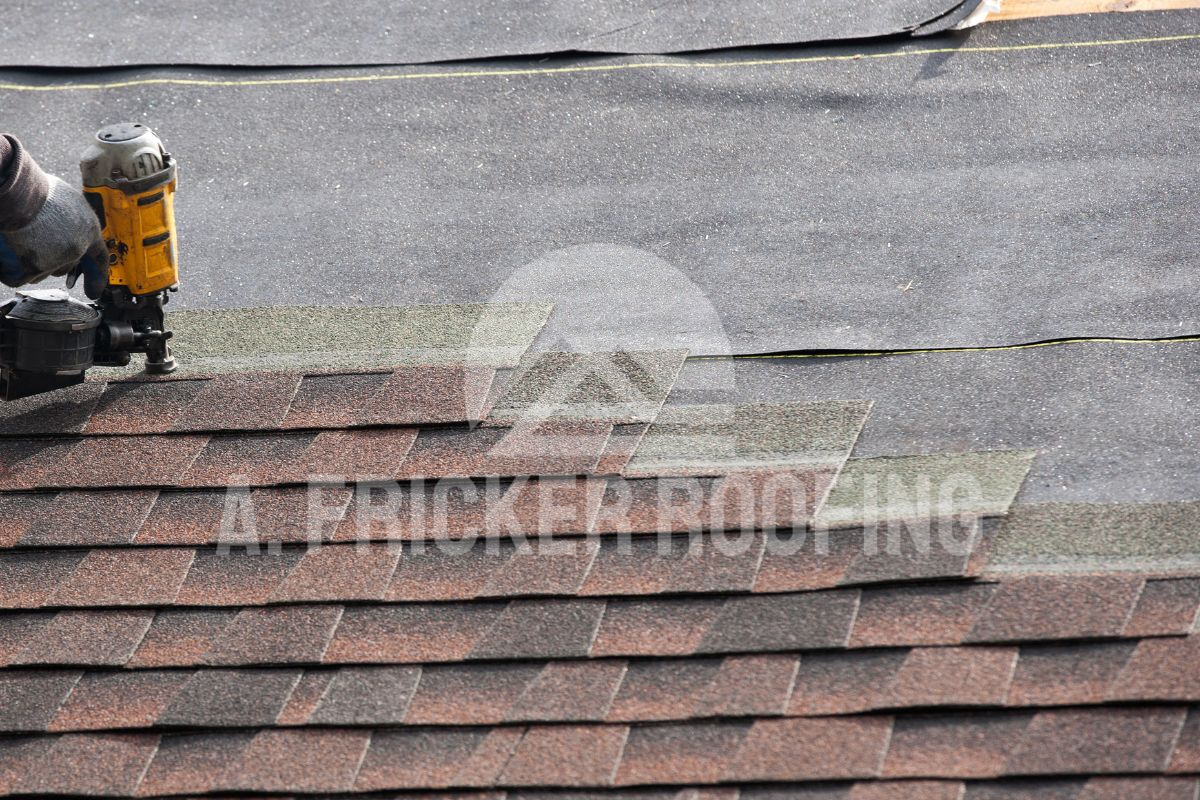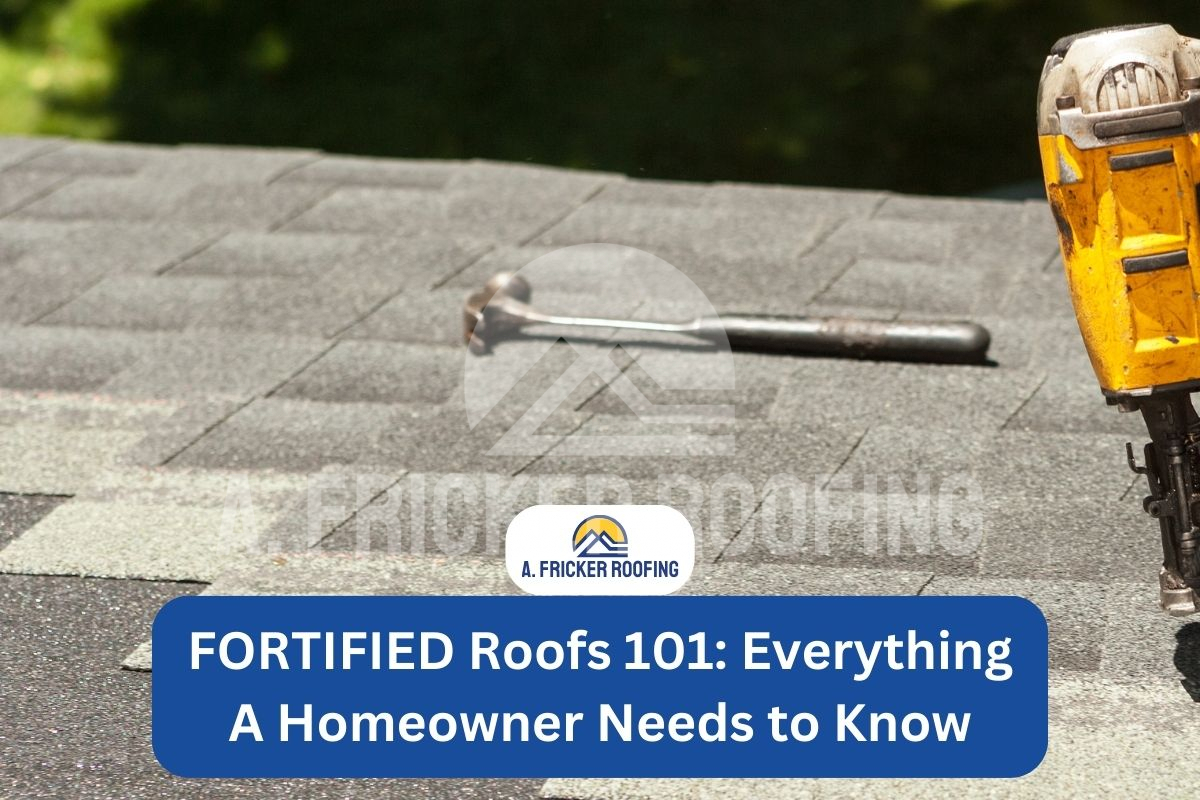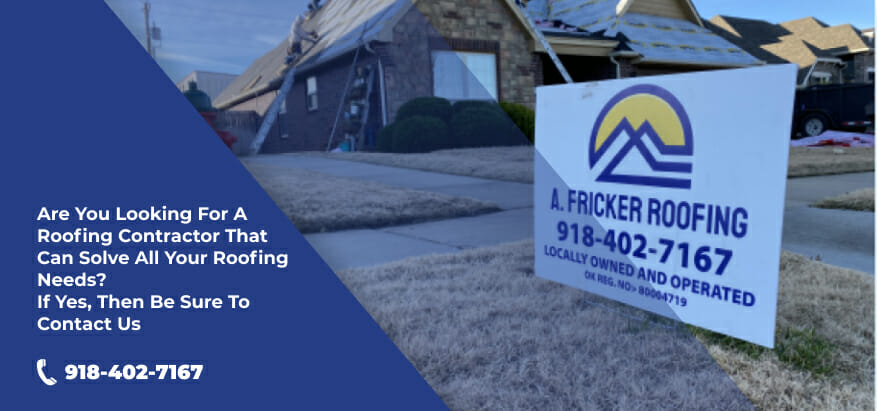A roof over your head is one of the primary elements of a secure shelter. A sturdy, weather-resistant roof can make the difference between a snug sanctuary and a vulnerable living space. This is where FORTIFIED roofing comes in, adding an extra layer of safety to your home. In this article, I’ll explain what a FORTIFIED roof is, providing an in-depth overview of a FORTIFIED roofing system and drawing comparisons with conventional roofing structures. By walking you through each detail, I aim to help homeowners understand how crucial these advancements are in today’s housing scene.
What is a FORTIFIED Roof?

Your first question may be, “what is FORTIFIED?” FORTIFIED is a specific set of construction standards created by the Insurance Institute for Business & Home Safety (IBHS). The term “fortified” may paint an image of a castle built to resist invaders, but these standards are meant to protect modern-day houses from their own foes: extreme weather conditions.
When we talk about FORTIFIED roofs or simply FORTIFIED, it means that your roof has been strengthened and made resilient using the recommendations given by the IBHS, which are aimed at making sure homes can withstand extreme weather conditions.
However, FORTIFIED isn’t just about the roof, there are additional levels of protection homeowners can opt for. FORTIFIED Silver and FORTIFIED Gold are systems-based approaches that involve other parts of the house, like windows, doors, and attached structures. Following similar guidelines to the FORTIFIED roofing system, these construction standards are meant to protect your home from severe weather.
The Difference Between a FORTIFIED Roof & a Conventional Roof
It’s crucial to realize that all roofs aren’t made equal. Your chosen roofing system directly influences your property’s resilience against severe weather conditions and its overall longevity. Let’s explore the differences between conventional and FORTIFIED roofs in this section.
In a traditional roofing system, three components are paramount: the roofing material or shingles, underlayment, and sheathing. The roof’s outermost layer consists of a roofing material that shields against rain and sun. Below that is an underlayment that offers an added defense against water penetrations. Lastly, the sheathing, or roof deck, provides structural integrity to these layers.
However, while providing respectable protection under normal weather scenarios, standard roofs can succumb to extreme environmental pressures such as torrential rains or hurricane-inducing winds due to lesser bonding strength among their components.
In contrast, a FORTIFIED roof takes durability one step further. With design principles backed by carefully conducted scientific research by reputable institutes like the IBHS, they raise the roof performance significantly. Even their name, “FORTIFIED,” is true to their mission — protecting homes against Mother Nature’s wrath.
Benefits of a FORTIFIED Roofing System
FORTIFIED roofing systems offer a multitude of advantages designed to increase your property’s resilience and value. These distinct roofing guidelines blend scientific research with practical application.
1. Improved Roof Deck Attachment
One of the primary requirements of a FORTIFIED roof is the attachment technique utilized on the roofing deck. Compared to a standard roof, which uses smooth nails during construction, a FORTIFIED roof utilizes ring-shank nails for added strength. A well-anchored roof deck can reduce the chances of blow-offs during high winds or hurricanes, safeguarding your roof and your neighboring homes from flying shingles and other materials.
2. Weather Proof Roof Deck
A properly sealed roof deck acts as another crucial element in FORTIFIED systems. As mentioned above, the roof deck provides support to the entire roofing system, and it is typically made of wood. For a roof to be considered FORTIFIED, this part of the roof must be sealed following the IBHS recommendations.
Sealing not only provides an extra layer of protection against rainwater intrusion but also minimizes potential interior damage in the case of leaks.
3. Robust Roof Edges
Stronger roof edges is another noteworthy advantage of installing a FORTIFIED system, as it inherently boosts your home’s protection against turbulent winds. Strong edges minimize the chances of material uplift during storms, protecting your home from tear-offs.
4. Use of Impact-Resistant Shingles
The FORTIFIED system uses impact-resistant shingles that withstand falling debris or hail without compromising the integrity of the roof. Easy to install and replace, these durable shingles give homeowners peace of mind during severe weather conditions.
5. Cost Savings Through Reduced Insurance Premiums
Additionally, FORTIFIED roofs can yield substantial cost savings over time via reduced insurance premiums, as homes are at less risk of damage. You’d be amazed at the long-term savings you’ll reap from this one upfront commitment!
6. Increased Property Value and Market Appeal
FORTIFIED roofing systems enhance your property’s market value remarkably by elevating its damage-resilience. Prospective buyers are increasingly looking for homes that will withstand the test of time, like houses with FORTIFIED roofs.
The Importance of Having a FORTIFIED Roof
Though often overlooked, a roof’s structural strength plays a critical role in securing homes against nature’s fury. Tornadoes, hurricanes, or even severe thunderstorms can come with strong wind speeds that may expose vulnerabilities within traditional roofing systems, therefore heightening risks associated with property damage and personal safety.
On that account, having your roof upgraded or replaced with FORTIFIED specifications sets up preventive measures instead of repair-based solutions for situations after the roof is damaged.
Are FORTIFIED Roofs Worth It?
As a homeowner, you are probably contemplating whether investing in a FORTIFIED roof is worthwhile. Analyzing the long-term benefits can shed some light on its real value.
Resilience is of utmost importance when considering roofing materials and structures. A FORTIFIED roof, by design, offers increased durability that significantly outlasts conventional roofs in harsh weather conditions, particularly high wind events or hailstorms. Subsequently, this leads to reduced long-term expenses for repairs or replacements caused by extreme weather.
This durability also equates to peace of mind knowing your home is secure against severe weather.
How Do I Know if I Have a Fortified Roof?
Knowing whether or not you have a FORTIFIED roof might seem like a daunting task, but it doesn’t have to be. Here are some elements you can check for:
- Check Your Documentation: If your house was built or renovated recently, there should be documentation showing the specifics of roof construction. Look out specifically for any mention of FORTIFIED standards.
- Observe the Materials Used: Quality materials are an important part of a FORTIFIED roofing system. For instance, FORTIFIED roofs use high-quality, impact-resistant shingles and strong metal connectors at critical points.
- Look for a Sealed Roof Deck: A sealed roof deck is another distinctive characteristic of FORTIFIED roofs. This layer should appear unbroken with no visible nails or seams.
Without professional training, however, it can be challenging to inspect your own roof thoroughly. If you still aren’t sure if your roof meets FORTIFIED standards, consider the following:
- Hire a Certified Expert: Strongly consider hiring an expert who holds a certification in FORTIFIED evaluations to get definitive answers about your current roof.
- Schedule an Inspection: During the inspection phase, make sure that your roofing inspector checks all the elements that confirm your roof’s FORTIFIED status.
Factors That Affect the Cost of a FORTIFIED Roof Installation
If you’re considering upgrading your current roof or installing a new one following the FORTIFIED standards, you are probably wondering about the cost. Here are some factors to keep in mind:
1. Size and Complexity of The Roof
Primarily, the dimensions and complexity of your roof are substantial factors. A larger roof inherently requires more materials and labor hours, thereby increasing the total bill. Also, if your roof has a lot of intricacies, such as unique angles, multiple chimneys, or skylights, this could require additional effort in terms of labor and time.
2. Material Type
Another consideration comes down to what kind of material you choose. From asphalt shingles to metal or tile, roofing materials can differ vastly in terms of affordability and durability. Some materials like metal tend to be on the pricier side due to their longevity, whereas options like asphalt shingles could be more budget-friendly despite having a shorter lifespan.
3. Location
Don’t forget about the location either. If you live in an area with higher living costs, expect to pay more for labor. Furthermore, local building codes may necessitate specific types or grades of materials, which could raise the final bill.
To get an accurate estimate for the cost of installing a FORTIFIED roof, it’s recommended to contact local roofing contractors or specialists who can assess your specific needs and provide a quote based on your location and the unique requirements of your property.
Contact A. Fricker Roofing and Waterproofing In Tulsa, OK, For Your Roof Installation
If you are thinking of installing a roof that meets FORTIFIED standards, the first step is to get your home inspected by professional roofers. Consult A. Fricker Roofing and Waterproofing in Tulsa for a free roof inspection. Our experts can assess the current condition of your roof and will provide you with an estimate detailing the cost of your new roof. Contact us today at (918) 402-7167 to schedule your roof inspection!

